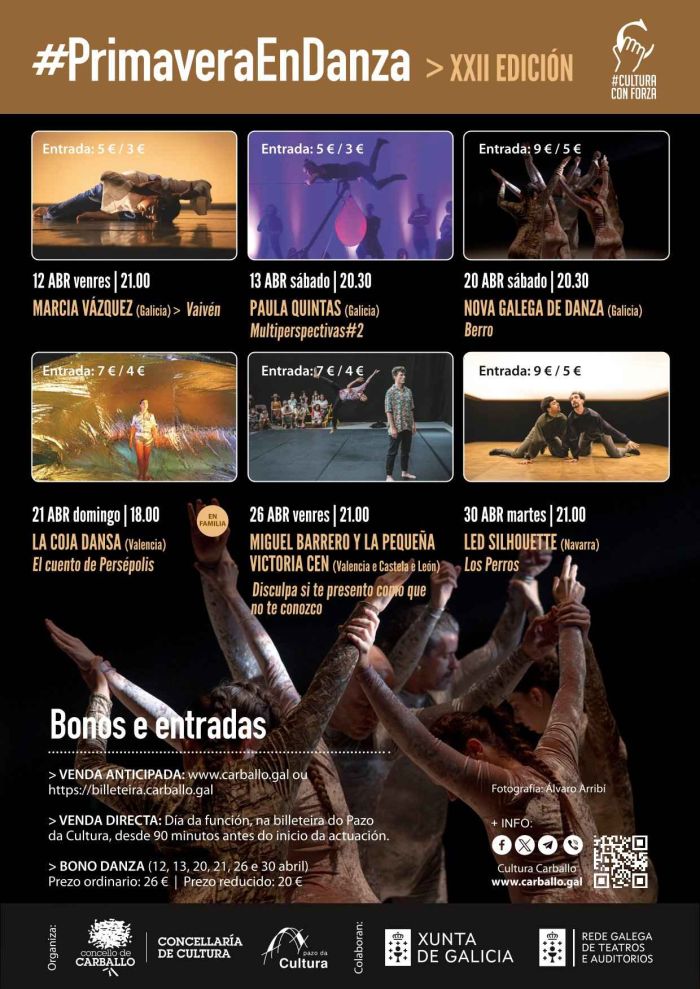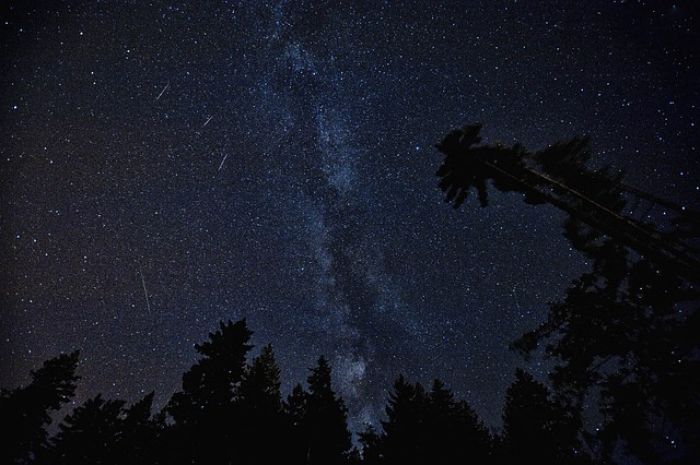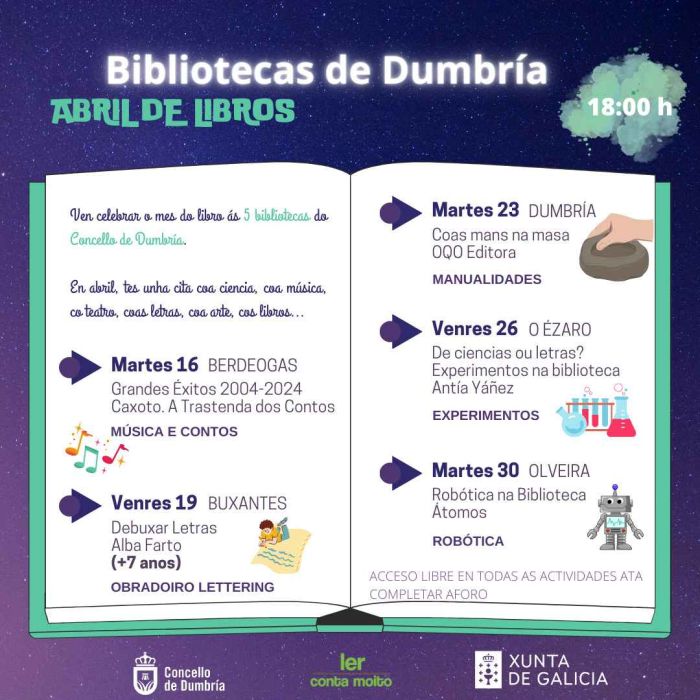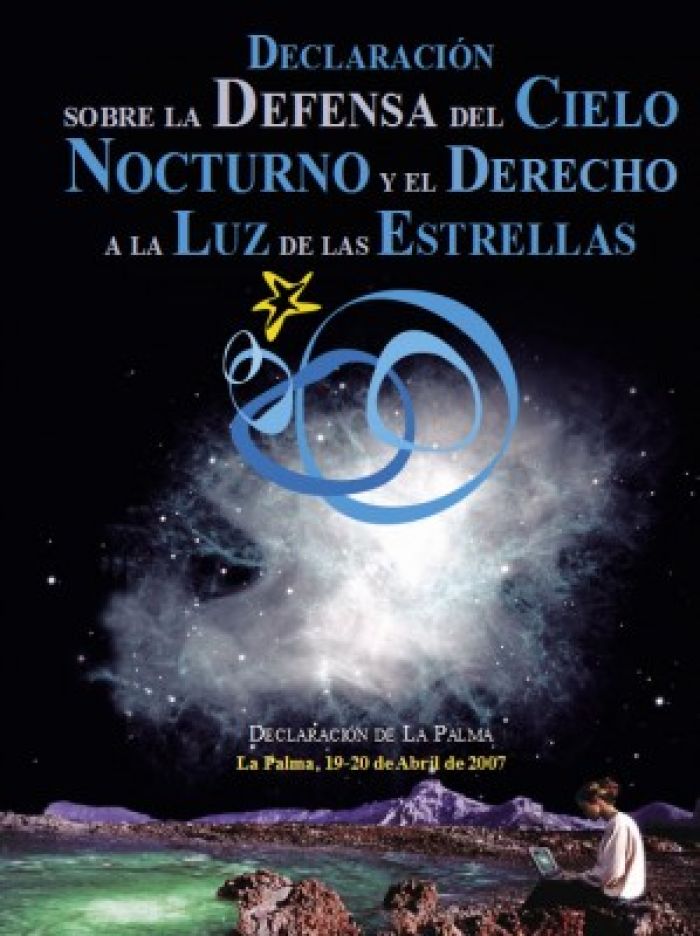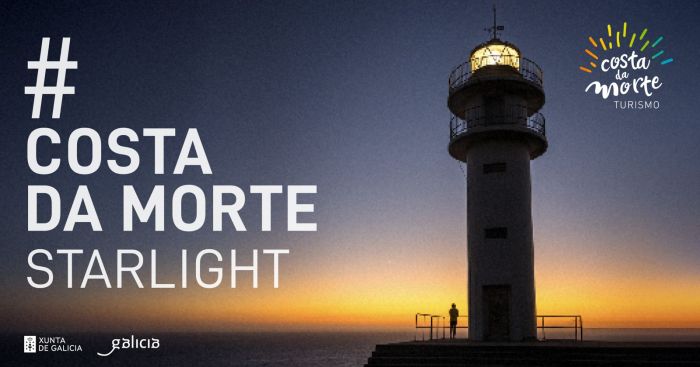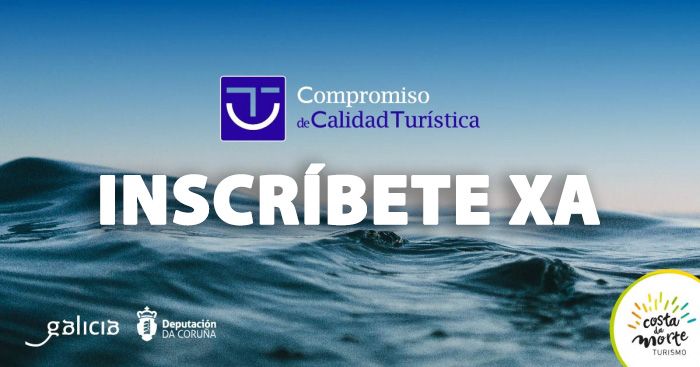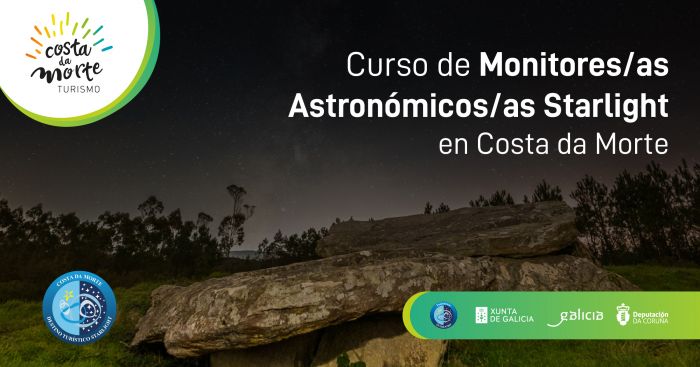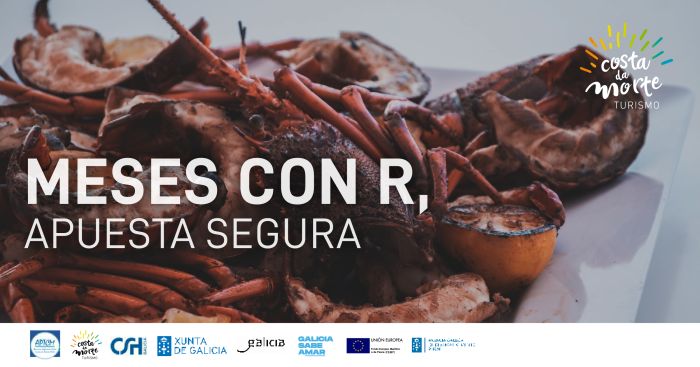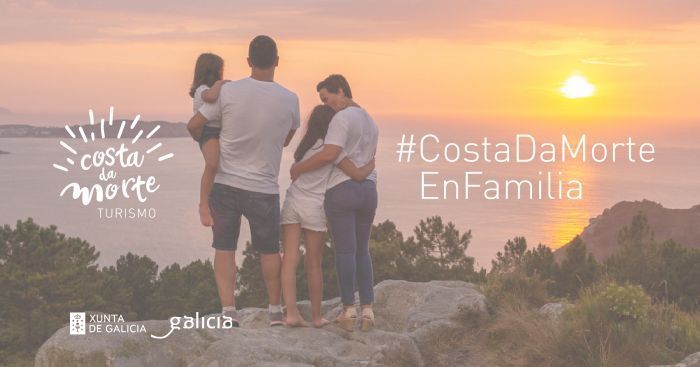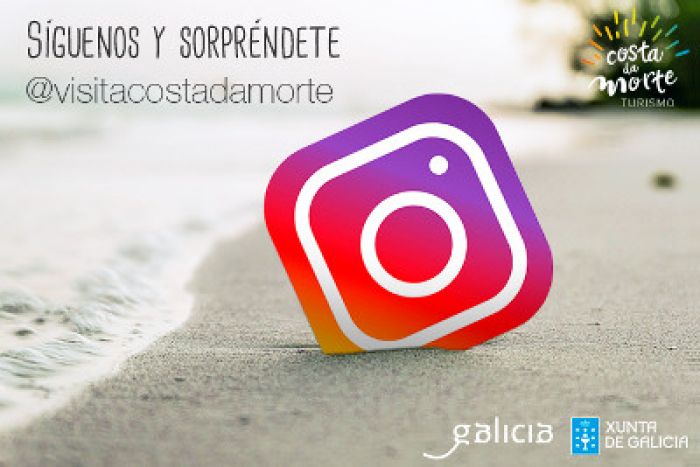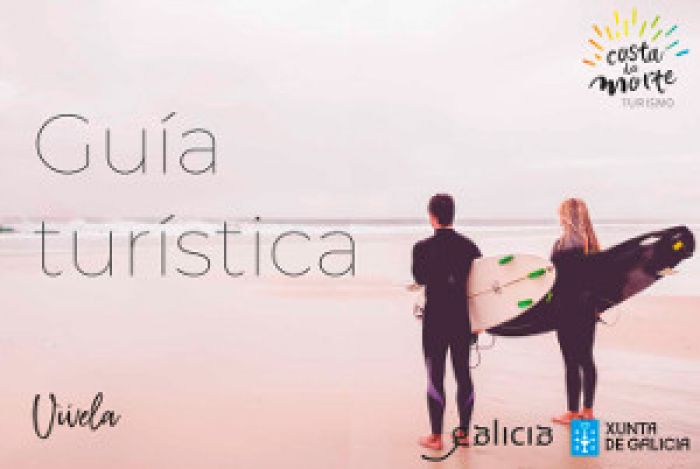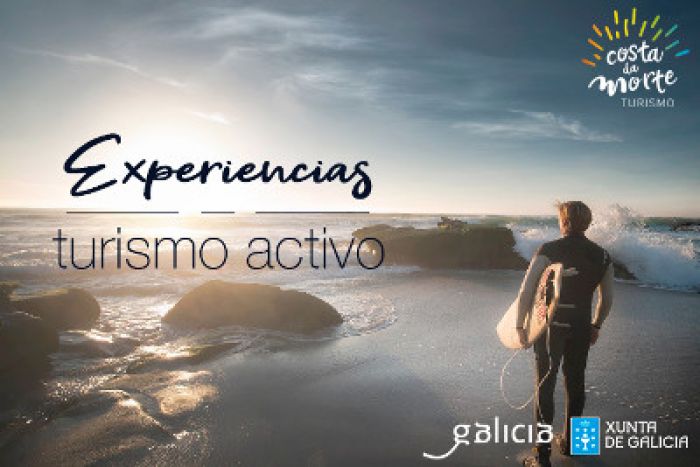Interview with José Manuel Pequeño Castro, Mayor of Dumbría
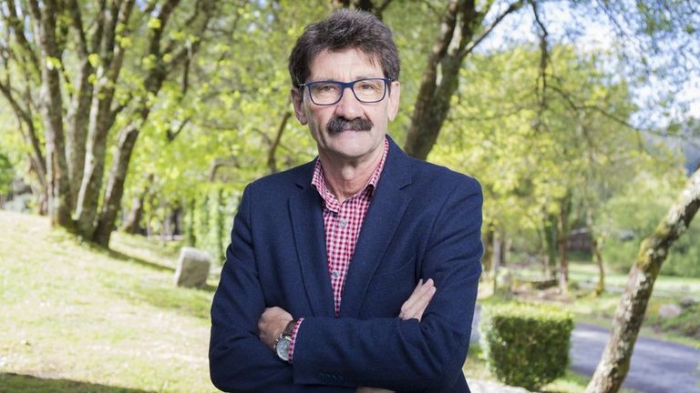
We continue with the interviews to the town councils with the town council of Dumbría. The municipality of Dumbría is located on the Way of St. James to Fisterra and Muxía, about seventy kilometres from Santiago and belongs to the province of A Coruña. It is a symbolic town in the Costa da Morte region due to the fact that the mouth of its main river, the Ézaro, cascades into the Atlantic Ocean in the form of a waterfall.
Today we show you the town hall from the point of view of José Manuel Pequeño Castro, Mayor. We leave you the best answers:
What feelings does Costa da Morte awake for you? What does it mean for you?
Costa da Morte is freedom, it is to take a deep breath and soak up its wild side, it is a different way of understanding life.
Costa da Morte is discovering every day new paths, new and very different landscapes. It is slowly savouring every mouthful, and not only gastronomically speaking, but in all the senses of life.
Three reasons to discover it
Gastronomy, unique natural landscape, its diversity and variety at all levels.
What time of the year do you like Costa da Morte the most and why?
Difficult choice! Every season has its charm. I recommend you to visit us in all of them and choose for you.
Spring is the life opening up, the intense green, the eternal walks.
Summer brings us the sweet side of Costa da Morte, the fruit in the orchards, the clean waters, the walks on the beach, the bustle of people in the streets.
From autumn, I keep the sunsets, the falling leaves in the Carballeira de Berdeogas, less overcrowding; the good weather, generally.
And winter brings us the impressive images of the nature of the Costa da Morte in its maximum splendour, with the ferocity of its waters, the salty waters of the ocean, but also the sweet waters of the rivers and waterfalls that we find at every step.
For tourists who come to visit you outside the summer season, what experiences are not to be missed?
- Walking in the mist, for example, on the Vákner Lands Trail.
- Enjoy the Ézaro waterfall cascading wild and full of rain.
- Enjoy the roar of the sea on a stormy day.
- Taste our winter gastronomy, hot, hot, and if it is next to a lareira, it would be the summum of savouring a good stew.
Apart from the Ézaro Waterfall, what other places or experiences are not to be missed?
- Cycling up to the Ézaro Viewpoint.
- See the Ézaro Waterfall and its surroundings on a kayak trip.
- Have a picnic in the Carballeira de Berdeogas or in the recreational area of Vilafernández.
- Feel tiny in front of the imposing nature and the height of Puente Peón, in San Crimenzo, while you take a "selfie", something so fashionable nowadays.
- Visit the colourful cemetery in Dumbría.
- Walk a section of the Camino, visiting Olveiroa.
- Sit at the foot of the Piedra Cabalgada del Brazal and admire the power of wind and water to carve the stone.
Galicia in general, and Costa da Morte in particular, are synonymous with good food, any recommendations of typical dishes to discover Dumbría through the palate?
A good stew in winter, meat raised by our livestock farmers with the best products, a fish caldeirada, filloas and carnival ears.
But also the new cuisine that the restaurants of our town council are bringing us, based on the best quality local produce and innovation, which makes us discover it with different eyes, without prejudices.
What do visitors tell you about their stay in Dumbría, and what do they love most about the Costa da Morte?
The care and attention we put into maintaining our villages, with the effort that this entails, and the general aesthetics of our villages.
They are surprised by the wide range of tourist resources, far from the coast, that they discover during their visit and that makes them aware of the diversity of Costa da Morte, of the contrasts between the maritime landscapes and the inland ones, equally imposing.
What are your three favourite beaches on the Costa da Morte? Why those? And for lovers of surfing and other water sports activities?
The Ézaro beach cannot be missing in this list for obvious reasons. It is the outlet to the sea of the municipality of Dumbría. We have been holding the Blue Flag for more than 25 years and trying to offer visitors the basic services to enjoy it in a pleasant way.
The beach of Carnota, because it is the longest in Galicia and allows endless walks.
The beach of Gures, in Cee, because the summer starts earlier and ends later, because it is so sheltered.
For surfing, Nemiña and Razo-Baldaio.
For those who love hiking... Which one do you recommend in your municipality and which is your favourite in Costa da Morte?
In Dumbría, the route that crosses the entire municipality following the course of the river Xallas, from the Cascada reservoir, in Olveira, to the Ézaro waterfall itself, where its waters die.
Along this route we can enjoy the variety of flora and fauna typical of the reservoir, in the recreational area of Vilafernández; A Ponte Olveira, where the great battle against the Napoleonic troops took place and where the stalls of the old fair that used to be held there are still preserved today.
It also crosses Olveiroa, an essential meeting point for pilgrims, with its popular architecture and the charm of its streets, which are also home to places where you can taste the good gastronomy of our land. Following the Xacobean Way and turning off a few metres before reaching Logoso, we will find the Cabalgada del Brazal Stone, a natural phenomenon that never disappoints.
The route continues following the waters of the Xallas throughout the valley of the parish of Buxantes. Here we can see the Xestosa waterfall, with its mills; the Teixoeiras, which houses some of the oldest buildings in the municipality; the Puente Peón aqueduct, which crosses the waters of the river Sano Crimenzo; to reach the Santa Uxía reservoir, the Ézaro viewpoint and finish the route enjoying the Ézaro waterfall.
And the greatest hiking route on the Costa da Morte, with the spiritual and personal additions that go with it, is, without a doubt, for me, the Camino.
What place do you think is the unknown grain in Costa da Morte but has a great interest or potential?
In my opinion, the great unknown of Costa da Morte is the whole of it.
Those who travel to Galicia do not do so because they come here specifically. They don't know about us, although, with the promotional work that has been done in recent years, this is beginning to change. In large part thanks to the Camino, which is our best showcase and our best promotion.
The traveller comes to Galicia and brings in mind a day trip to one of the cities, or to the Ribeira Sacra, or to the Rías Baixas; but he does not bring us in mind.
However, once he finds us, he repeats. He usually becomes a visitor who comes back because he discovers the benefits of this corner, the landscape, both inland and at sea, the gastronomy, the tranquillity...
Where do we find the best sunset?
The Sunset with capital letters is the one in Fisterra, the one at the end of the Earth, where everything ends, where everything comes to an end, the day, the Camino...

